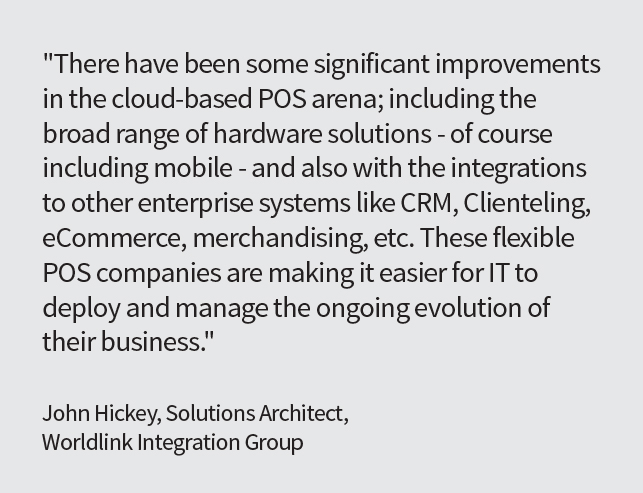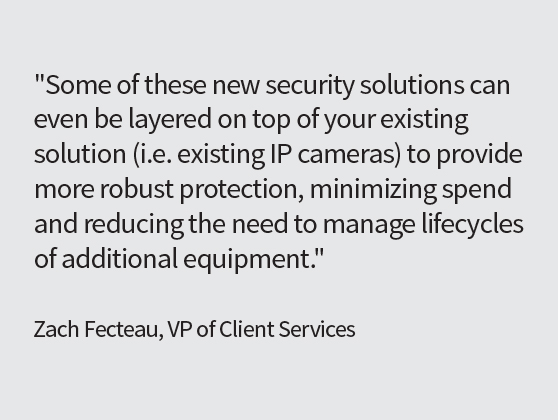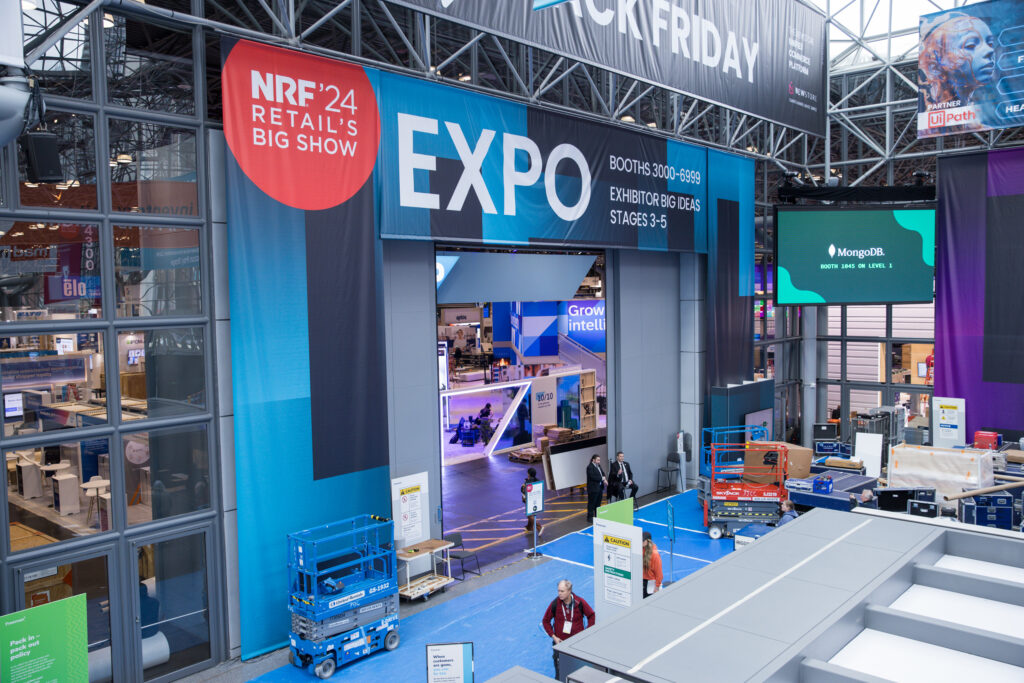
Our team was excited about stepping into NRF 2024, the epicenter of retail innovation. The promise of future technology is sure to redefine the shopping experience.
Anticipating the unveiling of groundbreaking technologies, we were prepared for a glimpse into how these innovations will transform the consumer shopping experience.
When we attend events like this, we try to put ourselves in the shoes of our clients. We, too, are interested in uncovering the latest trends, especially the growing role of Artificial Intelligence (AI) and the pivot towards more customer-centric business models. We put ourselves to work to uncover what you want to know—practical applications and how to successfully execute some of these new technologies.
While we’re on a quest for inspiration, we need tangible insights that can be woven into the operational strategy. The promise of AI in transforming retail is no longer a distant dream but becoming reality, with its potential to revolutionize everything from inventory management to personalized shopping experiences. The critical question—how do we move beyond the allure of technology and actually deploy these innovations?
Join us as we translate the visions of our NRF 2024 into actionable strategies.
Trends from NRF 2024
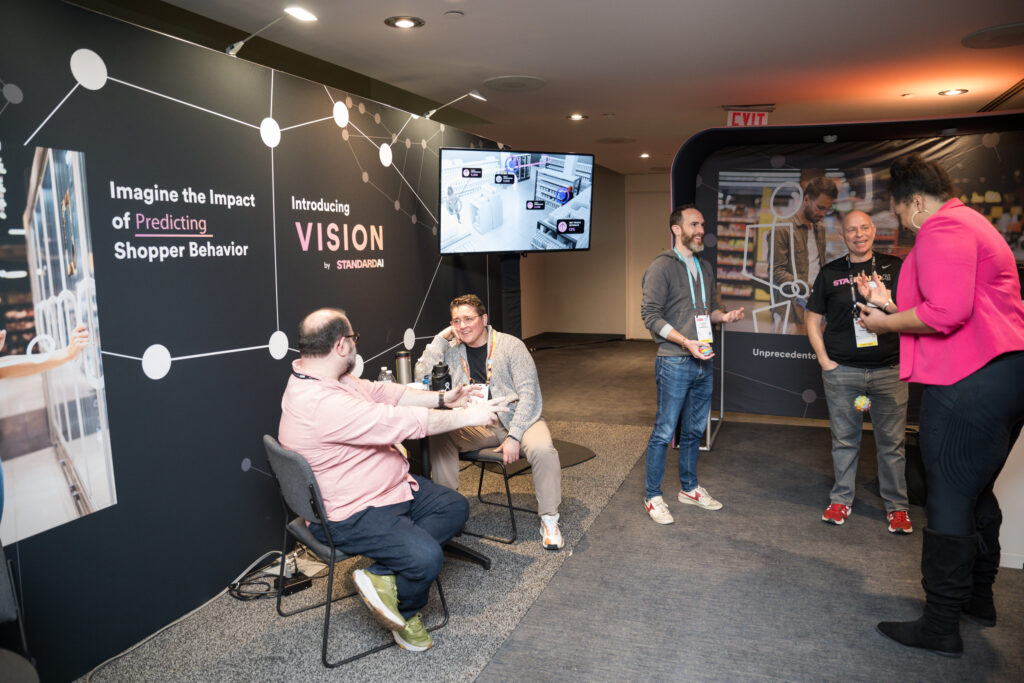
Customer Experience at the Core
At the show, right in the middle of all the new ideas and future trends, the main focus was on making customers happy and keeping them coming back. It’s not just about selling things or talking to customers; it’s about creating a special shopping experience that makes customers want to stick with the brand for a long time.
The exciting part–seeing these ideas turn into reality. Through live demos and real-life examples shared at the event, we got to see how these ideas can work in stores.
AI Applications
There’s no doubt that AI will be at the forefront of the guest experience, especially given the number of use cases showcased at NRF. AI has the potential to transform retail operations and assist with the delivery of a seamless, engaging and personalized shopping journey using the following:
- Store Analytics and Insights: AI-driven analytics tools can track shopper behavior, store performance, and more, offering insights to optimize layout and product placement.
Personalized Customer Recommendations: Leveraging AI to analyze purchasing history and preferences for targeted suggestions.
- Adaptive Advertising, Promotions, and Pricing: Using AI to dynamically adjust marketing efforts and pricing strategies in real-time.
- Stockout and Inventory Management: AI systems forecast demand and automate restocking processes, reducing stockouts and excess inventory.
- Conversational AI: Enhance customer service with AI chatbots and virtual assistants for 24/7 support and engagement.
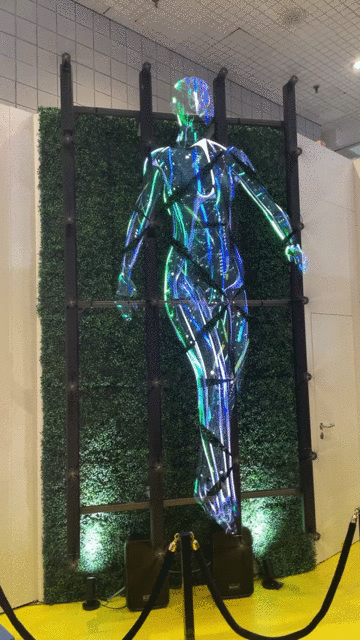
How To Get Started:
AI has plenty of applications but can be overwhelming to get started.
Start with the end in mind. Look at your overall business goals, market needs and technology capabilities. Once you know the outcome you’re looking for, then you can determine a path to follow.
Then look at what data you have that can become the basis of your AI solution. You probably have data from loyalty programs, POS solutions, etc. That data can become the basis of your AI solution.
Omnichannel Evolution
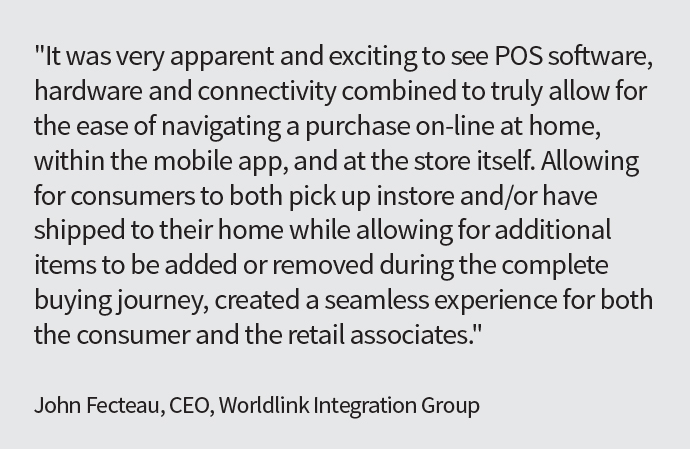
The retail landscape has shifted significantly, with established brick-and-mortar retailers developing strong online platforms, while direct-to-consumer (DTC) brands are opening physical locations, showrooms, and engaging in wholesale activities to broaden their market presence.
The idea is to integrate in-store and online experiences so consumers will find the shopping sessions more consistent. And to give them more options to choose from when they shop.
The critical point for retailers is to make sure that when the consumer is ready to buy, you have a way to deliver that product as rapidly as possible. That might involve deploying Buy Online and Pick-up in Store (BOPIS) or research online, purchase offline (ROPO) and other variations.
How To Get Started
The key to omnichannel is ensuring your data streams have accurate inventory information. Then you can identify the channels you want to integrate as part of your omnichannel strategy. This may include examining your existing infrastructure and updating it to line up with your new strategy. It’s possible that you may need to upgrade your POS systems, implement a mobile app or adopt some new software and hardware.
Advanced Loss Prevention Solutions
Protecting stores and their employees is a top priority for retailers, as both are essential to the success of their business. Unfortunately, retail theft and organized crime have been on the rise, causing financial damage and negatively affecting the well-being and safety of store associates and the communities they serve. This has led to a significant increase in the demand for solutions to prevent losses and ensure the safety of staff and customers.
Companies specializing in loss prevention have stepped up, offering new technologies and strategies to tackle these challenges. These solutions are designed to reduce theft and protect employees, making stores safer for everyone. By using advanced security systems, such as surveillance cameras with AI capabilities, electronic article surveillance (EAS), and RFID technology, retailers can keep a closer eye on their inventory and deter criminal activity.
How To Get Started:
To implement these loss prevention strategies effectively, retailers should start by assessing their specific needs and vulnerabilities. This might involve conducting a security audit of their stores to identify high-risk areas and processes.
Once these areas are identified, retailers can then integrate targeted solutions, such as installing high-definition cameras in key locations, using EAS tags on high-value items, and training staff on security best practices. Regularly reviewing security measures and staying updated with the latest in loss prevention technology will also help retailers adapt to evolving threats and continue to protect their most valued assets—their stores and their people.
Next Steps:
Enhancing the customer experience through technology is a journey, not a destination. By keeping these practical tips from our NRF in mind, IT directors can drive meaningful improvements that resonate with customers and set their brands apart.
If you know the solution you’re going with and need help with onsite deployment, that’s our specialty. If you need help identifying the right solution, one of our partners may be able to assist. Click here to schedule a conversation.
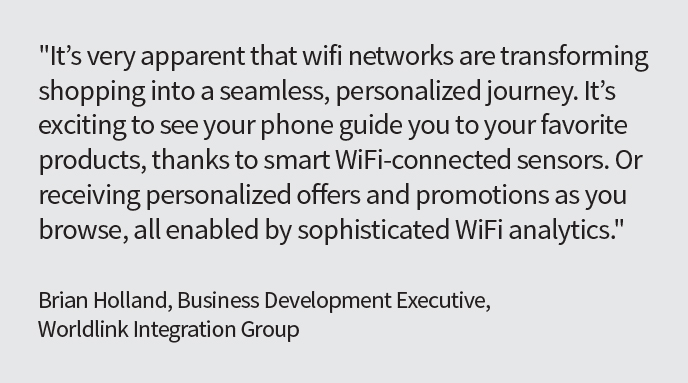 Personalized Customer Recommendations: Leveraging AI to analyze purchasing history and preferences for targeted suggestions.
Personalized Customer Recommendations: Leveraging AI to analyze purchasing history and preferences for targeted suggestions.